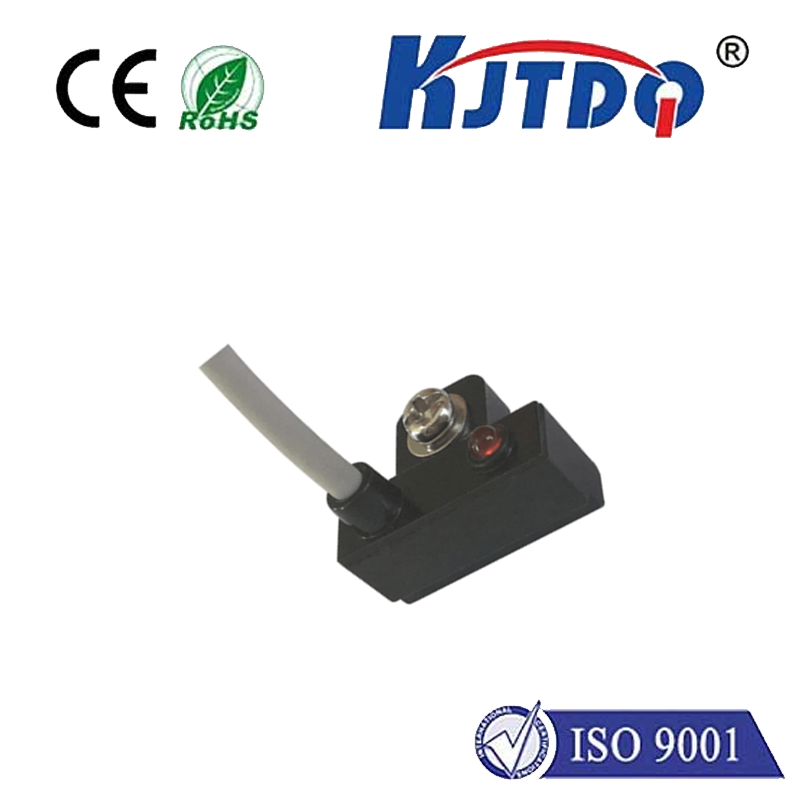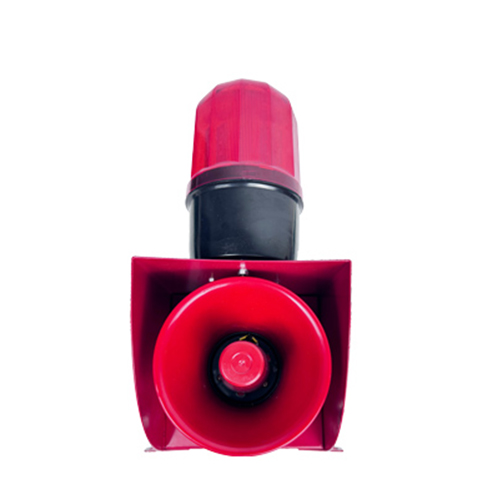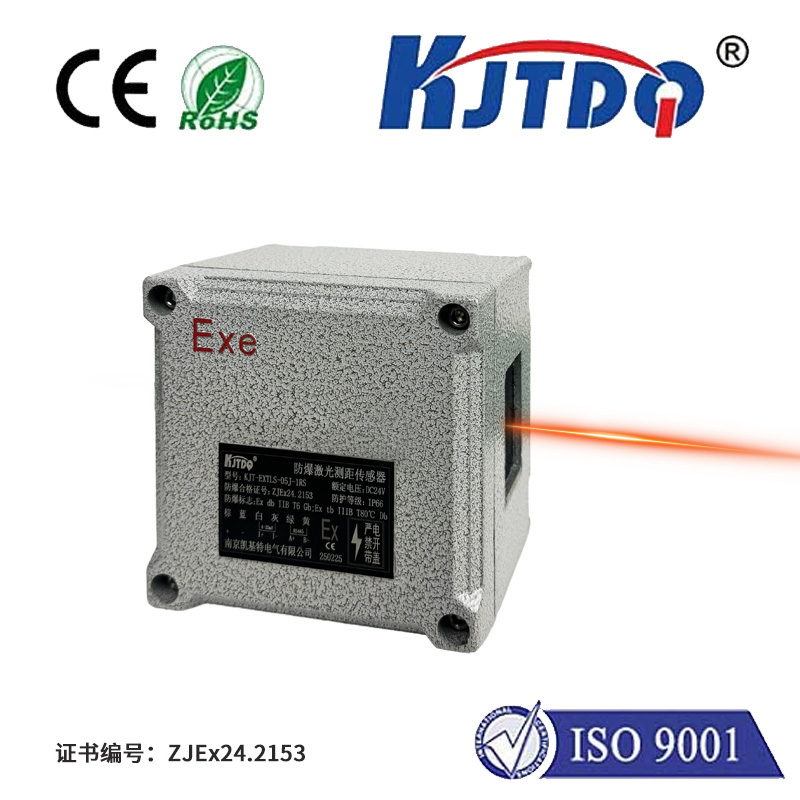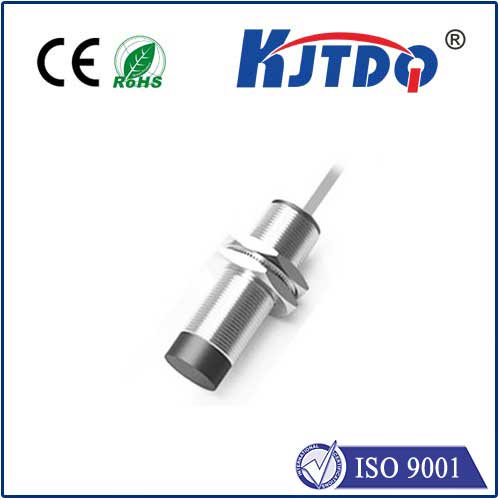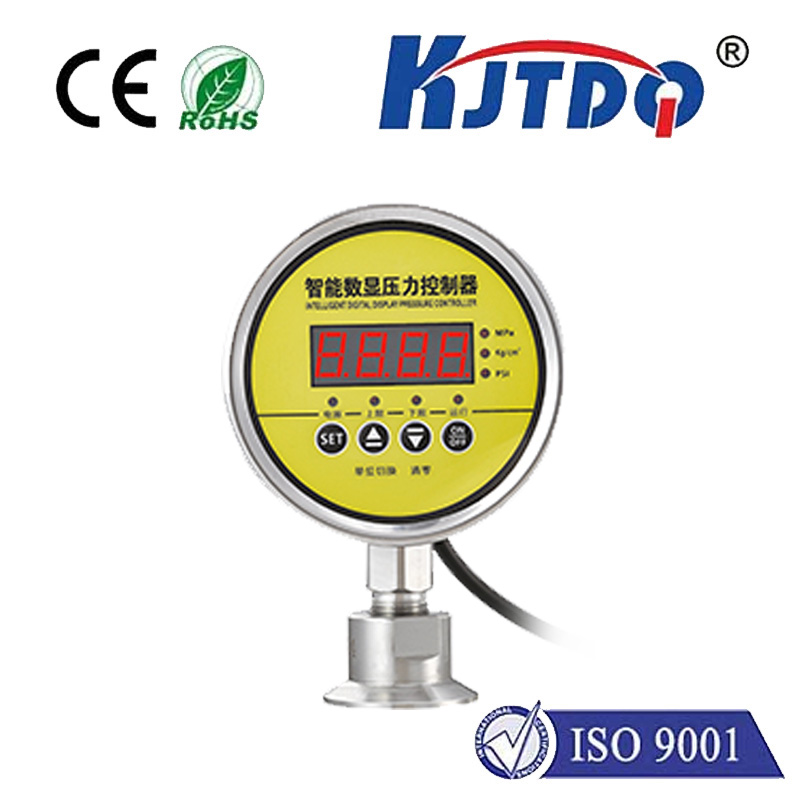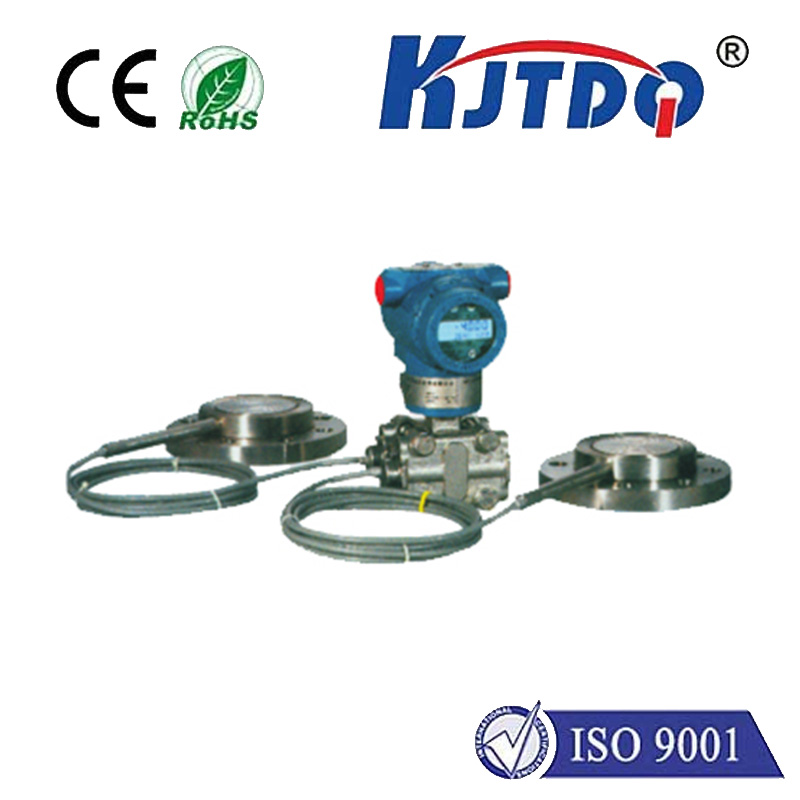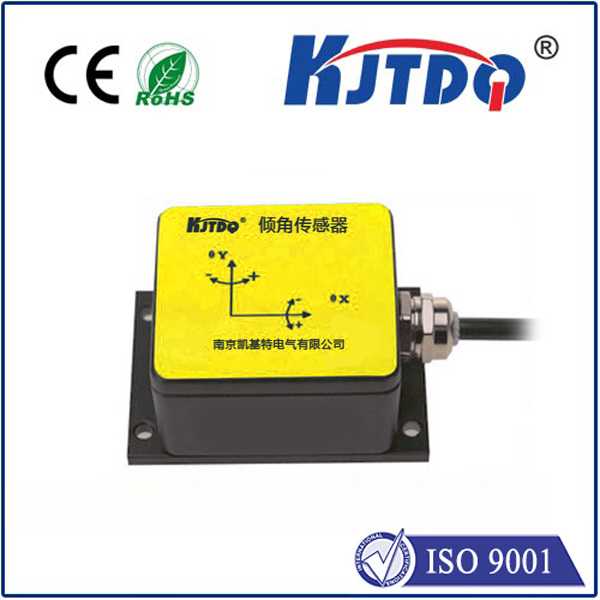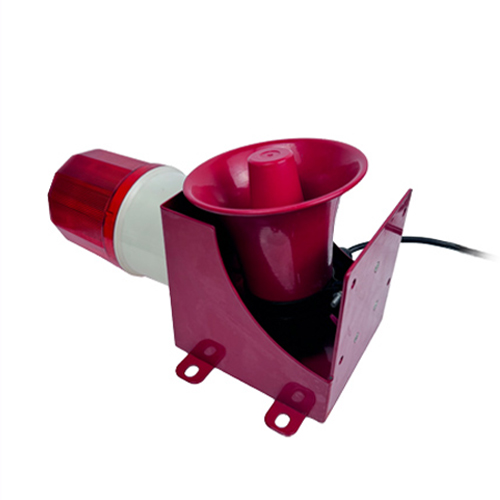

check

check

check

check

check

check

check

check

check

check
## The Versatile Winch Limit Switch: Your Go-To for Mechanical Safety and Control
The winch limit switch, an indispensable component in mechanical systems, serves as a guardian to prevent machinery overload and operational mishaps. This essential device is designed to detect the position of moving components like pulleys or levers, triggering a response that halts or reverses motion when a preset limit is reached. In this article, we will delve into the functions, advantages, and wide application spectrum of the winch limit switch, unraveling its significance in various industries.
### Functionality: The Core of Machine Safety
A **winch limit switch** fundamentally acts as a safety mechanism within machines that use cable winches. When the winch reaches a certain point in its extension or retraction cycle, the limit switch steps in to stop further action, thereby preventing potential damage or accidents due to excess force or movement beyond safe boundaries.
### Advantages: Simplification and Customization

One of the paramount benefits of using winch limit switches is their ability to simplify the selection and installation process. As outlined by Osiswitch, with over 5000 models available, including 24 different actuator heads, contact modules, and connectors, customizing a switch to meet specific needs has never been easier. This variety ensures compatibility with a broad range of machinery across different sectors. The switches’ modular design also significantly expedites the installation and maintenance processes.
Furthermore, the rapid connection plug feature shaves off about 40% of the time required for traditional wiring methods. This efficiency boost not only saves time but also reduces downtime, allowing for higher productivity in industrial settings.
### Applications: Diverse Use Across Sectors
Winch limit switches have a wide application scope that spans across various mechanical, textile, and plastic machinery. In **textile machinery**, limit switches regulate the movement of looms and spinners, ensuring that the fabric does not exceed the desired length before being cut or wound. This precision control is crucial in maintaining high-quality production standards.
In the realm of **construction and material handling equipment**, these switches play a pivotal role in cranes and lifting devices. They prevent load shifts and possible structural damage by limiting the extent to which loads can be raised or lowered. This ensures worker safety and protects the machinery against strain and failure.
### Operational Heads and Contact Configurations
The operational head of a limit switch is available in five different body types, offering 360-degree adjustability. This allows for seamless integration into existing systems regardless of orientation constraints. Moreover, with options ranging from 3 to 4 pairs of contacts, and the freedom to configure these contacts in various forms, users can tailor the switch to suit their exact requirements.
### Conclusion: Unmatched Reliability and Customizability
In conclusion, the winch limit switch stands out as a reliable and versatile component that enhances machine safety and control. Its ability to adapt to a wide array of applications, combined with the ease of installation and customization, makes it an invaluable asset in industries ranging from construction to textiles. For engineers seeking precision, safety, and convenience in mechanical operations, the winch limit switch proves to be an optimal solution.
